Rolls-Royce Motor Cars PressClub · Article.
ROLLS-ROYCE CELEBRATES CENTENARY OF THE ‘TWENTY’
Mon Oct 03 10:04:00 CEST 2022 Press Release
Rolls-Royce Motor Cars marks the centenary of the legendary 20 H.P., known to the world simply as the ‘Twenty’, launched on 6 October 1922. Designed by Sir Henry Royce, it ranks among the most important and influential models ever produced by the marque.
Press Contact.
Andrew Ball
Rolls-Royce Motor Cars
Tel: +44-1243-384-064
send an e-mail
This article in other PressClubs
- Rolls-Royce Motor Cars celebrates the 100th anniversary of the legendary 20 H.P., or ‘Twenty’ on 6 October 2022
- Major technological leap forward, setting the template for Rolls-Royce engines and motor cars for the next three decades
- The first Rolls-Royce primarily designed as an owner-driver car,
and a direct ancestor of today’s product portfolio
“Every Rolls-Royce is both evolutionary and revolutionary: true to
our essential design and engineering principles, while taking
technology, comfort and the driving experience to a new level. But
during our long history, there have been certain defining models
that have permanently altered the wider automotive landscape. The
‘Twenty’, launched 100 years ago, is one of them. We join with
owners and enthusiasts around the world in marking this very special
occasion and celebrating the lasting legacy of this legendary and
much-loved motor car.”
Torsten Müller-Ötvös, Chief Executive Officer, Rolls-Royce
Motor Cars
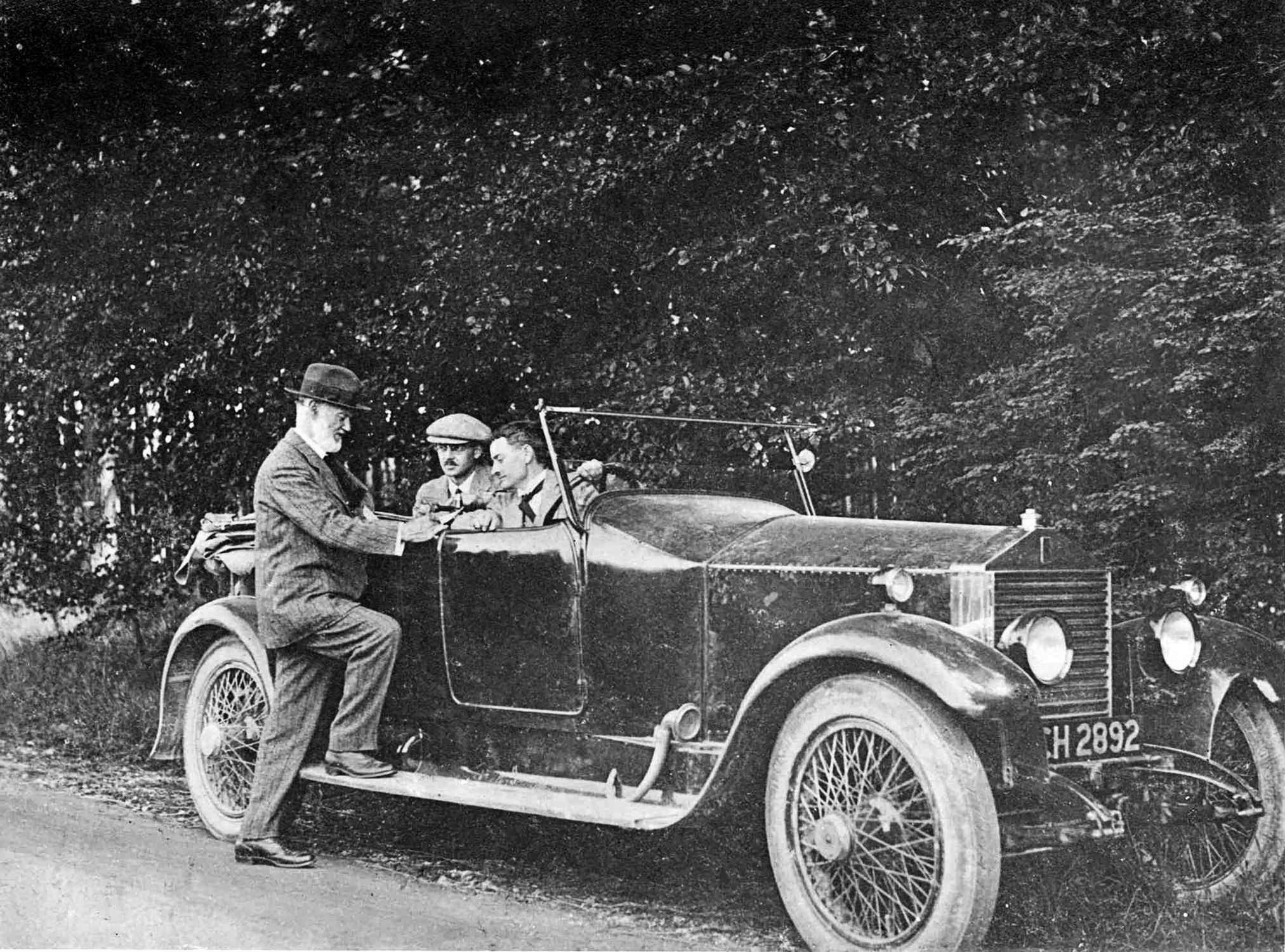
Rolls-Royce Motor Cars marks the centenary of the
legendary 20 H.P., known to the world simply as the ‘Twenty’, launched
on 6 October 1922. Designed by Sir Henry Royce, it ranks among the
most important and influential models ever produced by the marque. As
the first Rolls-Royce specifically intended for the owner-driver,
rather than predominately for chauffeured use, it is a direct ancestor
of today's Ghost, Wraith, Dawn and Cullinan. And in setting the
mechanical template for generations of Rolls-Royce motor cars that
followed it, the ‘Twenty’ also has historical parallels with the
forthcoming Spectre.
LA BELLE EPOQUE
In 1906, Rolls-Royce introduced
the 40/50 H.P. – better known as the Silver Ghost. On the strength of
its near-silent engine, flawless reliability and mighty feats of
endurance, this epochal motor car earned the title – which the marque
has never since relinquished – of ‘the best car in the world’. It also
established a new ‘single-model’ policy in place of the company's
previous practice of offering several different models concurrently.
This proved a financially prudent strategy up to the outbreak of the
Great War in 1914.
For the next four years, Rolls-Royce devoted itself to military
projects, including an armoured version of the Silver Ghost and a
series of magnificent aero engines. But the end of hostilities in 1918
revealed an entirely new world, in which the pre-War socio-economic,
political and cultural orders had been utterly transformed. For
Rolls-Royce, the shift from war footing to peacetime meant there was
now huge excess capacity at its Derby works, which by 1919 employed
some 8,000 workers.
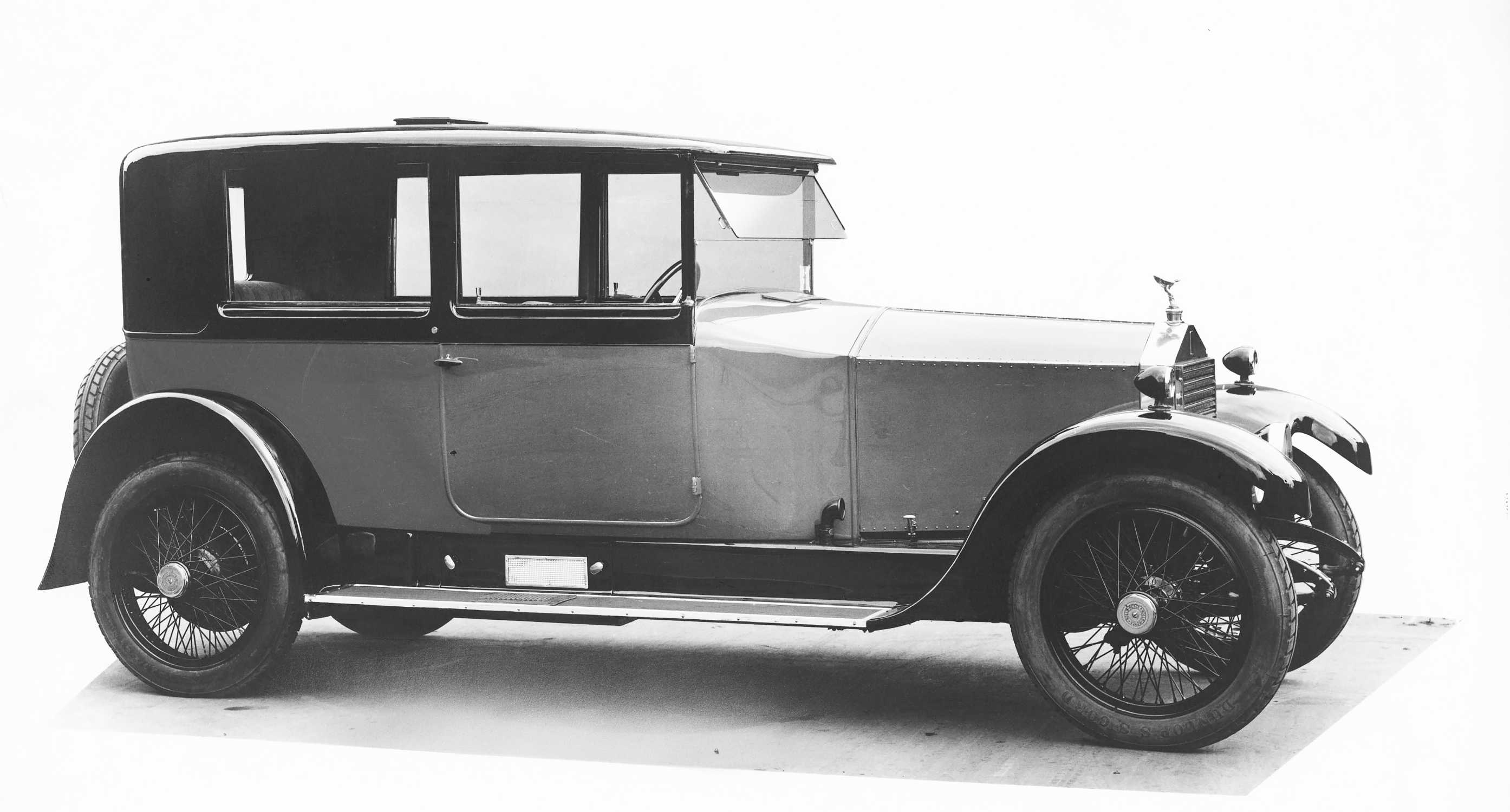
A CAR FOR A CHANGED WORLD
Even before the
Armistice in 1918, Henry Royce foresaw the need for a smaller car to
counter a likely reduction in sales of the larger 40/50 H.P. chassis.
Visionary that he was, Royce anticipated – correctly – that many
Rolls-Royce owners would find themselves unable to recruit, retain or
afford the substantial domestic staff they had employed before the
War. The option of a motor car that required neither the laborious and
costly weekly maintenance demanded by a Silver Ghost, nor a chauffeur
to drive it, would, he reasoned, be an attractive proposition.
Two years later the company directors agreed with him. In 1920,
Royce transferred his engineering skills from ‘designing’ a smaller
car to ‘manufacturing’ it. This decision was underpinned both by the
need to take up the remaining oversupply at the Derby factory, where
the workforce had already been reduced to 2,000, and to supply a car
that would be better suited to some customers' post-war needs than the
40/50 H.P..
Royce instinctively understood that, despite their now more
straitened circumstances, these owners were accustomed to Rolls-Royce
standards of excellence and would expect nothing less from a new
model, regardless of its size and specification. The company therefore
went to great lengths to reassure them about the proposed 20 H.P.,
stating that 'under no circumstances would the standards of excellence
maintained in their products be diminished'. In September 1920, Royce
confidently informed the Board he was satisfied ‘that the standard of
excellence of production was maintained’.
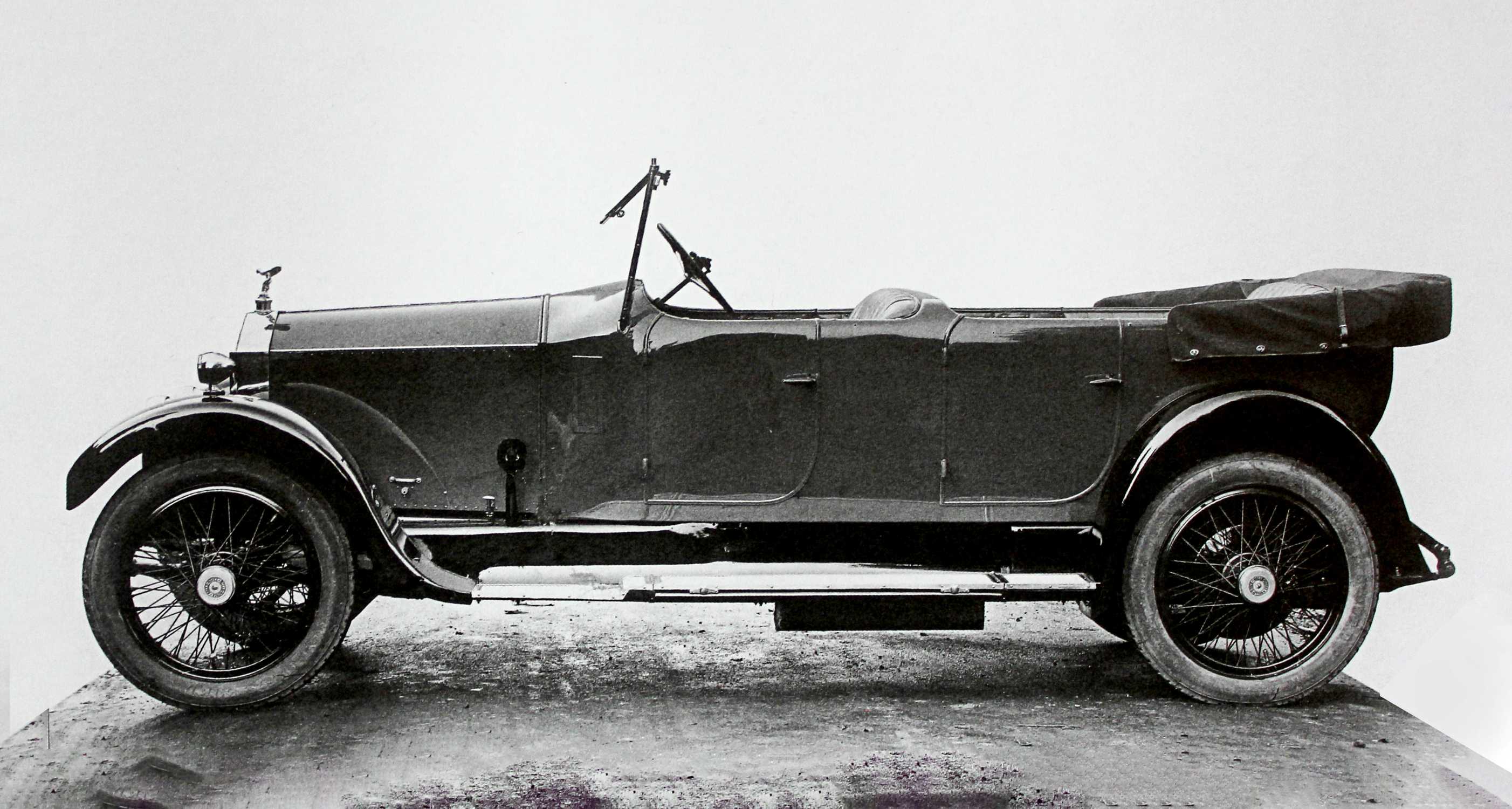
THE ‘TWENTY’
On 6 October 1922, Rolls-Royce
unveiled its new ‘small horsepower’ car. Its straight-six cylinder,
3.1-litre engine was less than half the size of the Silver Ghost's
7.5-litre unit. However, the new model also weighed around 30% less
than its larger sibling. This, combined with other advances in
engineering design since the Silver Ghost's debut in 1906, meant the
performance gap between them was narrower than the raw numbers might suggest.
Indeed, it was immediately obvious that the new 20 H.P., or
simply the ‘Twenty’ as it quickly became known, represented a huge
technical leap forward. The lightness of its controls and the
performance of its steering, braking and suspension systems made the
Silver Ghost – though still superior to its direct competitors – seem
rather outdated by comparison.
These qualities also rapidly established the ‘Twenty’ as a firm
favourite among both established Rolls-Royce devotees and those new
customers to whom a larger car of aging design did not appeal –
especially where the purchase price and ongoing running costs were
important considerations.
Owners were happy to share their enthusiasm for the new model.
In letters to the motoring press, one praised it as ‘a charming piece
of mechanism’ while another declared, ‘I have never handled anything
as sweet-running’. A company advertisement quoted an expert assessment
of the car as ‘everything a motorist can want… motoring with a high
degree of refinement and its simplicity of construction will delight
the driver’. After taking delivery of his car, a contented owner wrote
to the company from his home in France: ‘I drove my 20 H.P. here from
Liverpool and am very satisfied with the running of the engine, not
having to change gear between Liverpool and Versailles’.
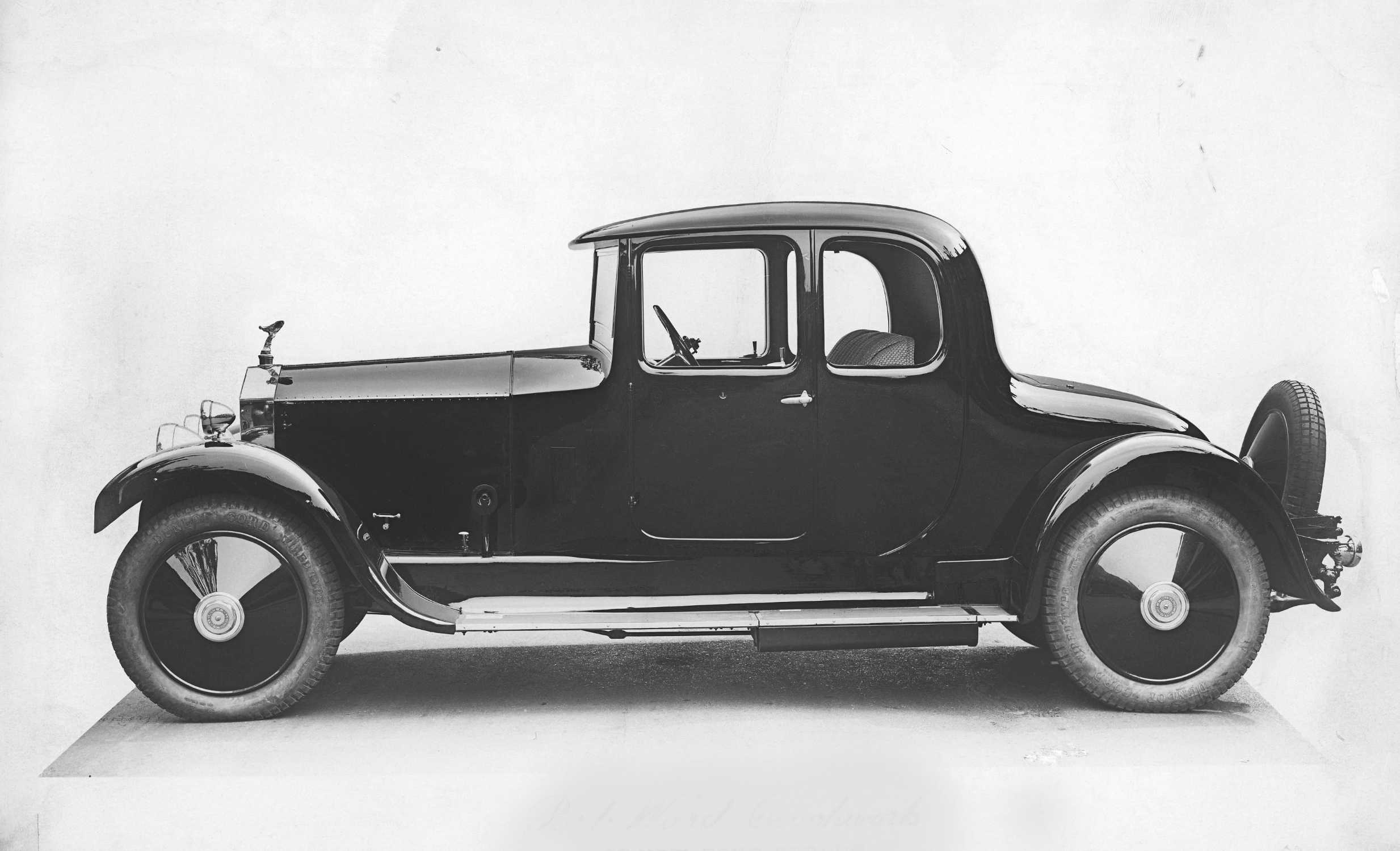
WEIGHTY ISSUES
Like all Rolls-Royce models of
the era, the ‘Twenty’ was produced as a ‘rolling chassis’, on which
owners commissioned bespoke bodywork from an independent coachbuilder.
Royce intended that it should primarily be an owner-driver car and
hoped the coachbuilders would keep their creations’ size and weight as
low as possible.
However, he was unable to change the habits of a lifetime among
some customers. Many ‘Twenty’ owners persisted in specifying their
preferred style of solid, formal coachwork that was both much heavier
than required and produced greater wind resistance. To Royce’s
understandable irritation, these massive, overbuilt bodies inevitably
compromised performance.
Ever the pragmatist, Royce knew there was only one way to
improve the weight‑to‑performance ratio. In 1929, the ‘Twenty’ was
supplanted by the 20/25 H.P., powered by an enlarged capacity engine.
Even this did not fully solve the problem and in 1935, Rolls-Royce
produced the 25/30 H.P. with a 4.25-litre powerplant. The ‘small
horsepower’ era finally came to an end with the Wraith of 1938. These
later iterations were all direct developments of the ‘Twenty’, and
today add further lustre to its record and reputation.
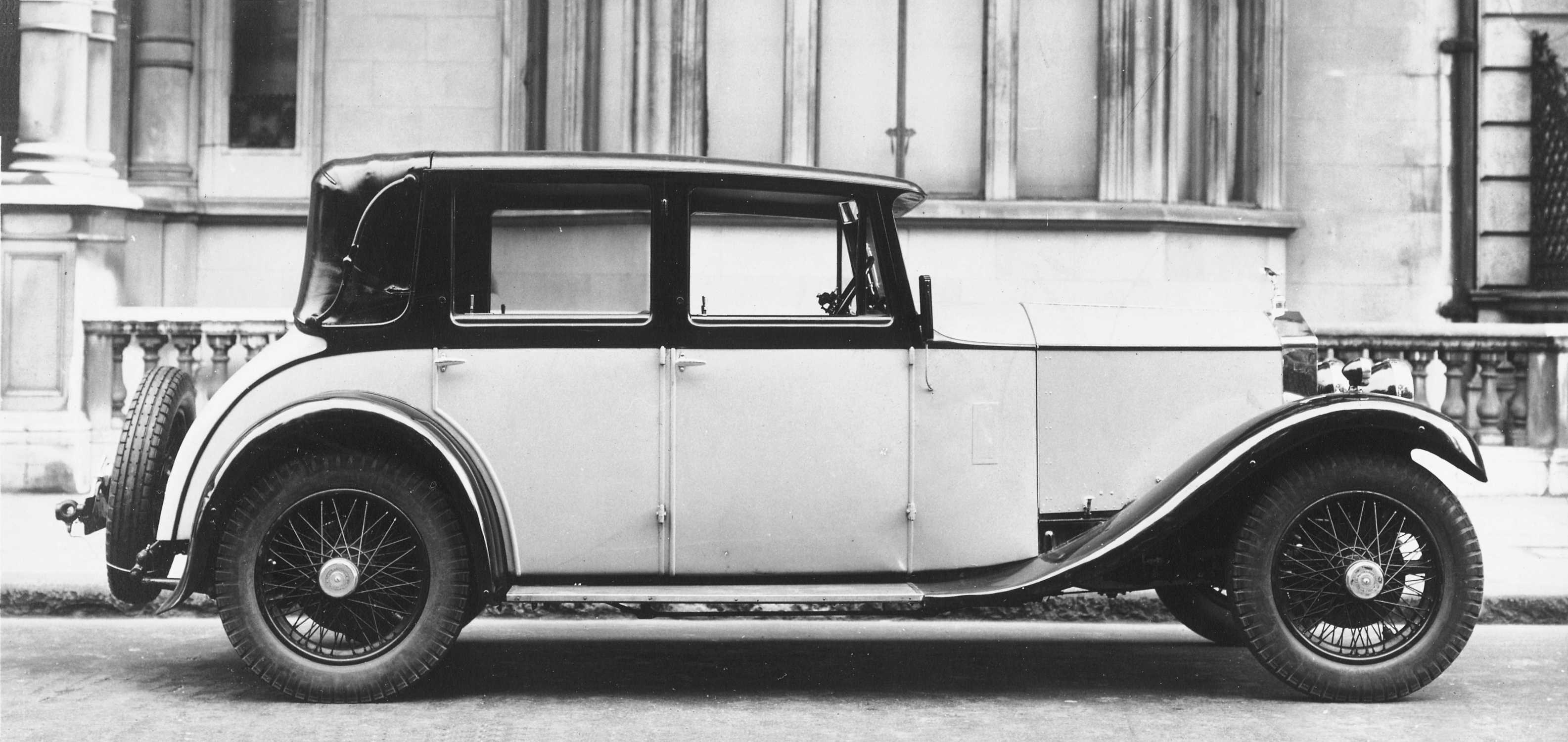
A LASTING INFLUENCE…
The ‘Twenty’ had a profound
influence on Rolls-Royce long after production ceased in 1929, by
which time no fewer than 2,940 examples had been built. In particular,
the straight‑six cylinder engine – with detachable cylinder head and
overhead valves – would provide the template for Rolls-Royce engines
for the next 30 years. Open the bonnet of any six‑cylinder Rolls-Royce
right up to the Silver Cloud model (1955-9) and it is recognisably the
same design, albeit with many internal improvements. And when the
by-now venerable Silver Ghost was replaced by the new Phantom in 1925,
its engine also adopted the essential Twenty pattern.
…AND A LIVING LEGACY
Up to the final Phantom VI
in 1992, Rolls-Royce maintained the two-model policy it had introduced
with the launch of the ‘Twenty’ 70 years earlier. It enabled the
company to meet the needs of two groups of customers: those who chose
to enjoy the ‘magic carpet ride’ from the rear seat while being
chauffeured; and those who preferred to drive their motor car themselves.
This approach continued into the modern era when Rolls-Royce
Motor Cars created the smaller Ghost to accompany its larger pinnacle
product, Phantom. But today’s Rolls-Royce clients are a much broader
and more diverse constituency than they were in the 1920s, which is
reflected in the company’s expanded product portfolio.
There are also historical parallels between the ‘Twenty’ and
Rolls-Royce’s new battery electric vehicle, Spectre. Both demonstrate
the marque’s willingness and ability to respond to a changing world,
in which customers have new needs and requirements and old norms no
longer apply. Each represents a step change in technology that will
shape the Rolls-Royce product family for decades to come. Above all,
they embody Sir Henry Royce’s most famous dictum: “take the best that
exists and make it better”.
